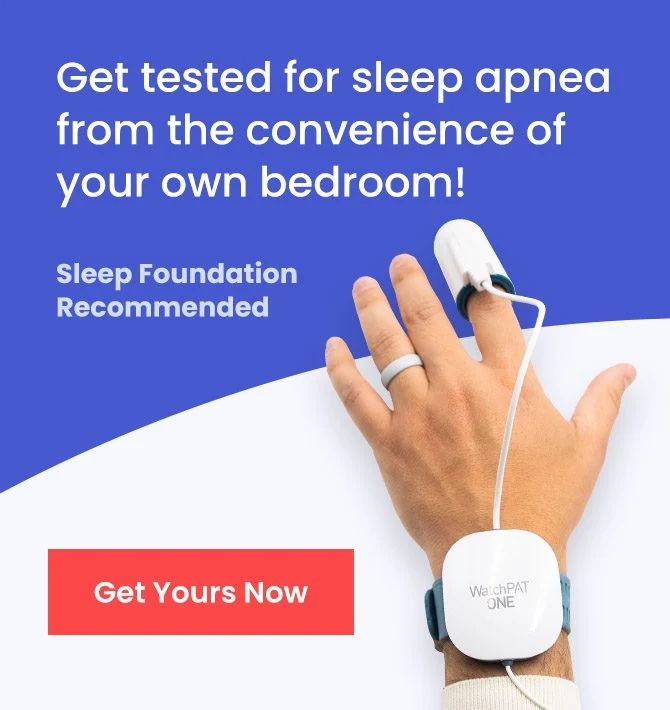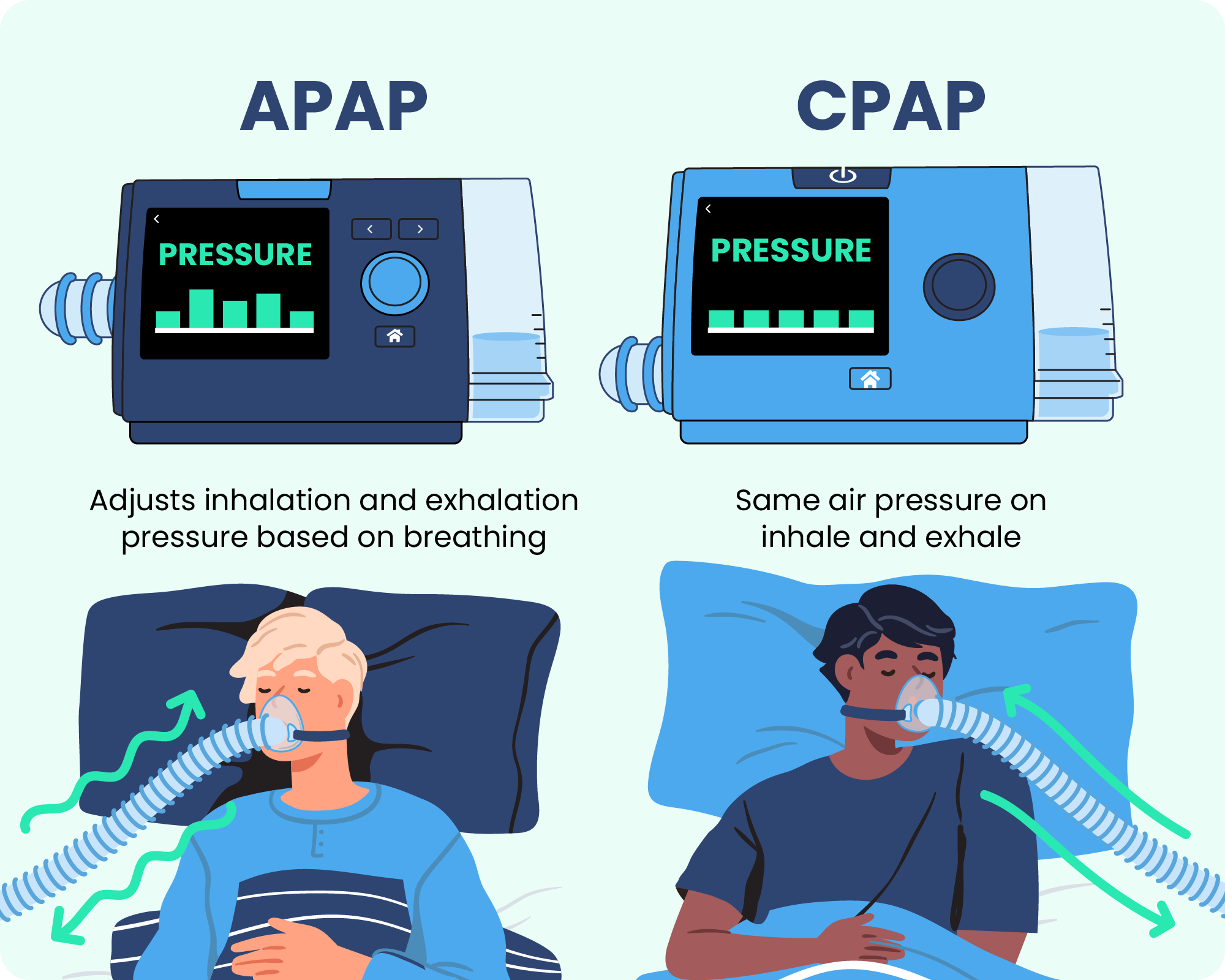


While APAP and CPAP machines are both types of PAP therapy used to treat obstructive sleep apnea, they differ in the levels of air pressure they release. CPAP releases air at a fixed rate, while APAP releases air at a rate that changes in response to the sleeper’s needs.
Technically, an APAP is a type of CPAP machine that includes technology allowing the machine to auto-adjust how much air it delivers at a given time. Traditional CPAP machines that do not contain this technology are sometimes referred to as fixed-level CPAP devices, because they deliver air at a fixed rate of pressure. In the past, fixed-level CPAP machines were most commonly prescribed, but in recent years, the use of APAP machines is increasing .

An example of an APAP machine next to a CPAP machine.
Since APAP machines auto-adjust in response to a person’s breathing, the initial set-up can usually occur in a person’s home , using the machine itself. By contrast, the initial set-up of a fixed-level CPAP machine requires either an overnight sleep study in a lab or the temporary use of an APAP machine at home.
However, certain factors, such as suspected air leakages or the presence of other health problems, may require a person to have their APAP titration in a sleep lab rather than at home.
While some studies show that people tend to use an APAP machine longer each night than they would a CPAP machine, more evidence is needed to determine which type of machine is more effective at reducing OSA symptoms. Current research suggests both types of PAP therapy are about equally effective.
Another type of PAP therapy sometimes prescribed to people with OSA is bilevel positive airway pressure (BiPAP or BPAP). Doctors usually prescribe BiPAP only to people who have another sleep disorder or who have tried CPAP and APAP therapies but could not tolerate them.
Using an APAP machine to treat obstructive sleep apnea may provide some advantages over other types of PAP therapy.